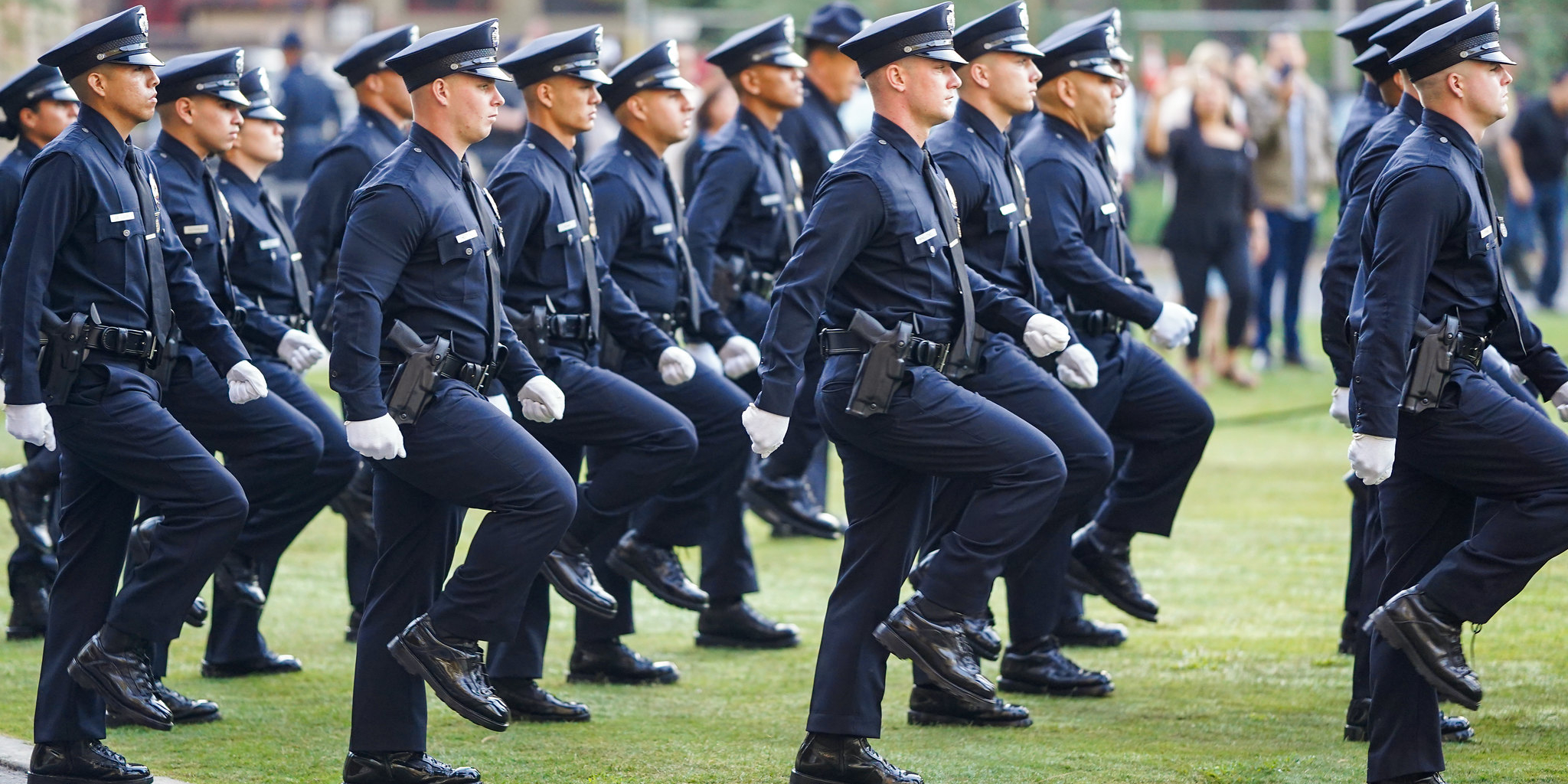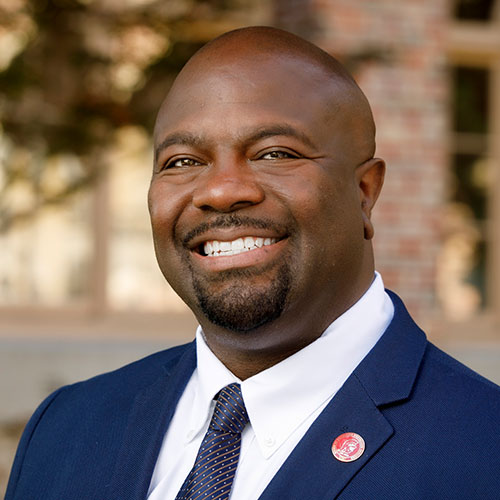A new USC report reveals evidence of over-policing of Los Angeles communities of color, as well as an uptick in community-initiated calls to police. The report used data from 2011 to 2018 found people of color across all LA County neighborhoods were stopped at higher rates by the police than other groups. Black Angelenos were stopped and arrested three times as often as white and Latino Angelenos. But the results also show evidence of those same communities’ increasing reliance on police, including a steady increase in 911 calls by community members to law enforcement agencies over the seven-year period.
The report is the culmination of the first year of the Neighborhood Data for Social Change (NDSC) Criminal Justice Data Initiative, which was launched by SCI, USC Price Center for Social Innovation and Microsoft. Findings about civilian and police interactions were shared with a variety of groups during a parallel community engagement process to better understand how law enforcement and community representatives think about public safety and use data in their work.
The report used LAPD data to analyze the frequency of community-police interactions while considering who initiated contact and how often that contact took place.
“Calls for service” were defined as the number of 911 emergency calls made by community residents per 1,000 people in the neighborhood and were used as a proxy for civilian-initiated contact to the police. “Stops” were defined as the number of police stops of a vehicle or pedestrian per 1,000 people in the neighborhood. Stops are the most common way that police directly initiate contact with civilians and can be used to measure police-initiated contact with the community.
While civilian-initiated contact steadily increased from 2011 to 2018, police-initiated contact decreased drastically in the beginning of the decade and then rose slightly after 2016. While stop rates decreased on average, certain neighborhoods, including South Los Angeles, saw pronounced increases after 2015.
SCI Director Dr. Erroll Southers, who co-authored the report, said: “The fact that LAPD and other participating agencies were willing to pull back the curtain, to be transparent and share their data, and participate in and understand the findings — which, in some instances, are not very positive — is a huge step. Building trust and nurturing legitimacy on both sides of the police-citizen divide are the foundational principles we were hoping to facilitate with this research and community engagement effort.”
Report co-author Dr. Gary Painter, director of the USC Price Center for Social Innovation and the Homelessness Policy Research Institute, also noted: “Going beyond looking at traditional crime data, our process involved listening sessions with community members, law enforcement and nonprofit and government organizations to figure out what public safety means to these various groups and where there was common ground.”
Participating community members pointed to factors in their built environment, such as the presence of trash and how well-lit the neighborhood was at night. Painter explained that although these are not public safety issues in the traditional sense, they contribute to a community’s definition of safety, which includes a desire for investments in local programs.
The report noted that while definitions of public safety differed largely among the different groups, almost all agreed that it includes harder-to-measure intangibles like community belonging, connectedness and “opportunities to thrive and be free.”
The second year of the Criminal Justice Data Initiative will include training for agencies and other stakeholders using the nascent blueprint provided by the first year’s findings.
“Arguably, never in the history of the United States has there been a more opportune time for law enforcement and communities that consist predominately of racial and ethnic minority residents to resolve to improve these essential relationships,” said Southers. “I believe that what we’ve learned will help rebuild those bridges between these agencies and the communities they serve, with safe communication and interaction that necessitate transparency and accountability.”
Read the full report.


